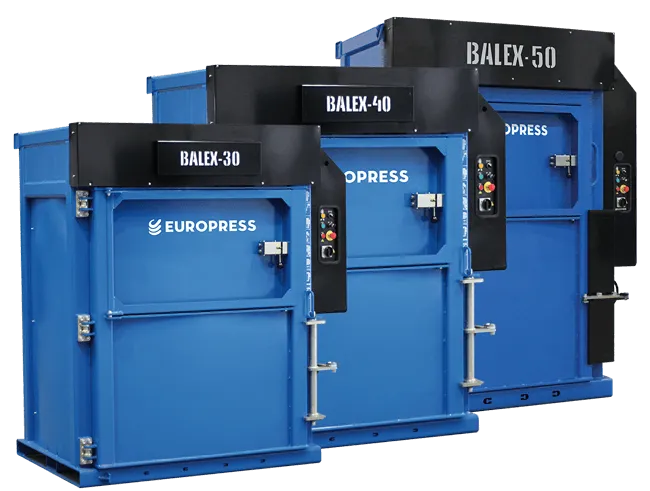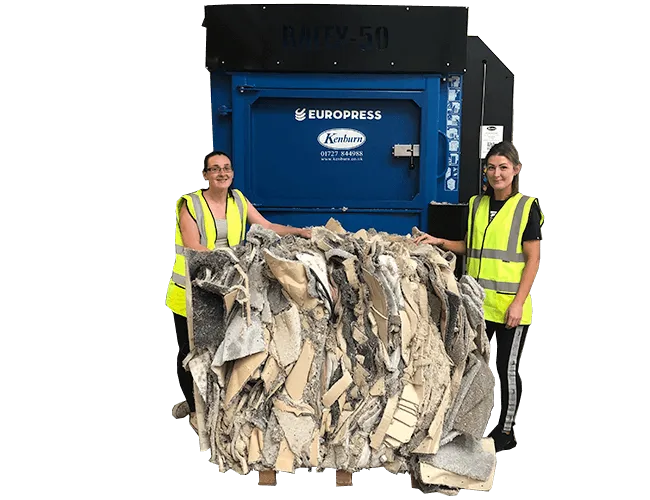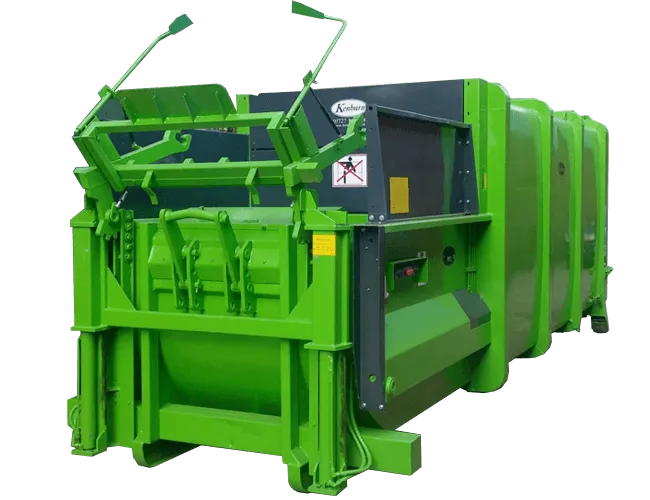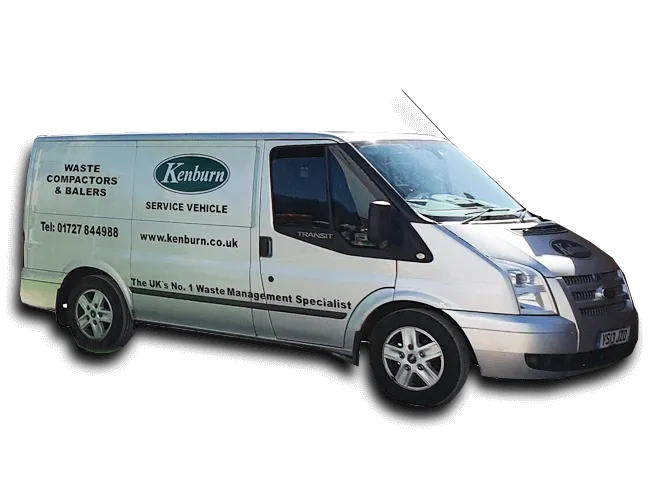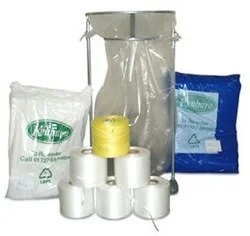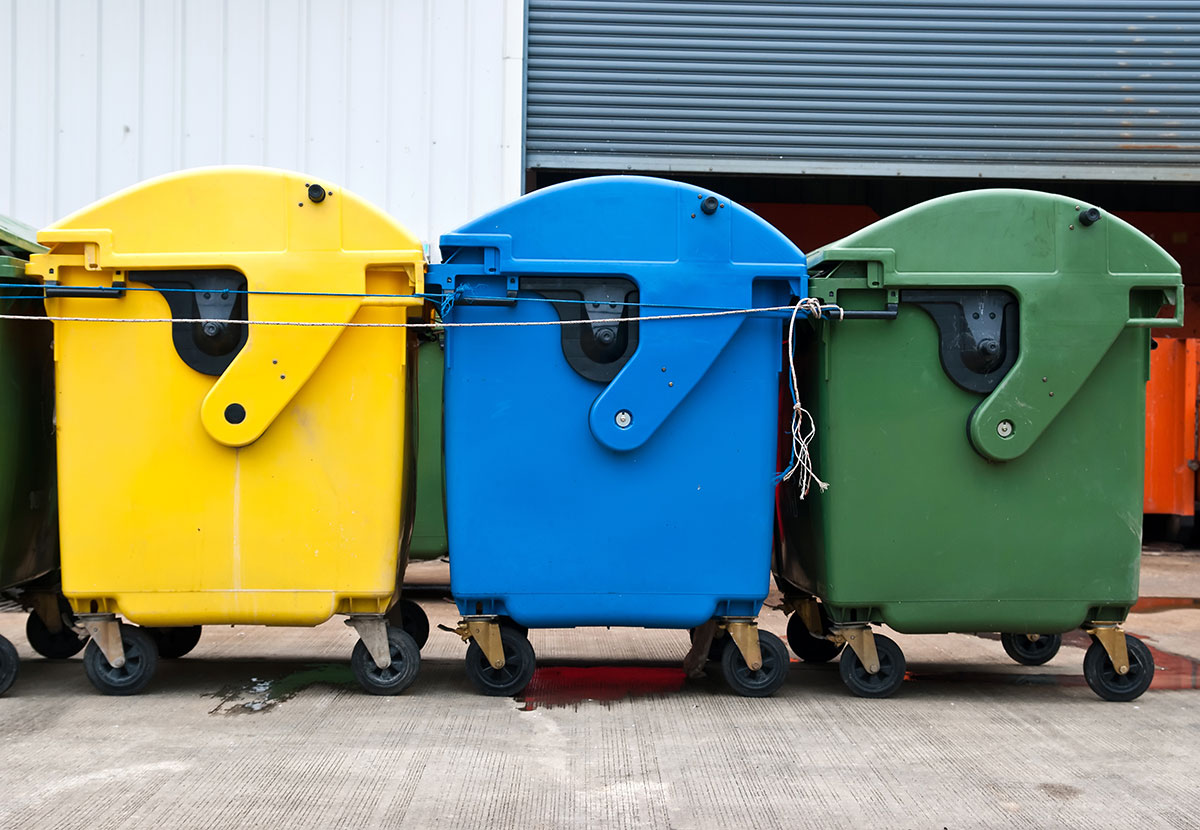 The volumes of waste produced by both commercial and public sector organisations can be staggering. Much of that waste could either be avoided through better materials use or it could be diverted away from landfill through an effective recycling and waste management strategy. Whilst schools, hospitals and other public sector establishments may be making some headway in their efforts to reduce waste and improve sustainability, many commercial organisations still have a long way to go. With some simple steps, however, it is possible for business owners to make a real difference to their levels of waste, and its management.
The volumes of waste produced by both commercial and public sector organisations can be staggering. Much of that waste could either be avoided through better materials use or it could be diverted away from landfill through an effective recycling and waste management strategy. Whilst schools, hospitals and other public sector establishments may be making some headway in their efforts to reduce waste and improve sustainability, many commercial organisations still have a long way to go. With some simple steps, however, it is possible for business owners to make a real difference to their levels of waste, and its management.
1. Tangible benefits from reducing commercial waste
Many businesses have, to date, concentrated simply on meeting their regulatory obligations with regards to waste disposal, without giving much thought to actually reducing the volumes of waste their organisation produces. That is changing, though, as businesses wake up to the tangible benefits that a waste reduction strategy can bring:
- Cost Savings
Since businesses pay for waste disposal by volume, it goes without saying that reducing that volume will reduce disposal costs.
- Improving Sustainability
Customers are increasingly demanding that the businesses they engage with act in an environmentally responsible and sustainable way. Committing to better waste management is just one way firms can work towards that goal.
- Cutting Emissions
Whether it’s in the original manufacture of materials, or in their disposal, all waste products have a carbon footprint. Indeed, landfill is a major source of methane and carbon dioxide emissions. Efficient waste management can reduce an organisation’s contribution to this problem.
- Reduced Use of Natural Resources
When we reuse or recycle something, we reduce the need for raw materials to make new items. These raw materials include wood, metals and water, as well as the fossil fuels often used in manufacturing processes.
2. Invest in Waste Management Machinery
If you have a sizable quantity of waste giving you problems, acquiring dedicated machinery may very well be your best bet to tackle the issue. There’s a wide variety of waste balers and waste compactors, both of whom serve the purpose of giving you back any space that’s being lost to unneeded rubbish. Both forms of devices excel at taking control of your refuse, altering it into a form that is far more controllable than before.
By transforming your waste from simply a sprawling and disorganised heap, waste management machinery prioritises structure and efficiency. You’d be surprised how much of your workspace is given over to unneeded items that no longer serve a purpose and with all that clutter gone, space is opened up for more useful objects to fill the gap.
Furthermore without piles of rubbish sprinkled here and there, your work environment will become quite simply a nicer place to be in than before. Employee productivity is in so many ways related to their morale, and a large part of that is determined by their immediate surroundings. Thanks to such machinery, any and all unwanted bits and pieces can be kept well out of sight, until the times come for them to be disposed of.
3. Record your organisation’s waste
There is little point in putting a waste reduction plan in place, if you don’t have a benchmark, against which to assess the plan’s success. Organisations like the Carbon Trust, Wrap and Zero Waste Scotland can all help businesses put in place the tools and processes needed to track commercial waste accurately and analyse the figures clearly and consistently.
4. Create a strategy and a stakeholder team
As with many strategic decisions, a corporate waste reduction plan risks failure if there is insufficient stakeholder buy-in and long-term commitment to the plan. If your organisation already has a team working on sustainability or environmental issues, consider using that team to work on your waste reduction plan. This may mean that the team needs additional resources, and it would be a mistake to think an existing team could simply ‘tack on’ this additional work.
If there is no current sustainability or environmental focus within the organisation, a new team should be created to drive the waste reduction plan forwards. It’s essential to get a commitment from all stakeholder groups, and especially from senior management. By including staff from all areas of the organisation, the team will have the broadest possible insight into current practices and potential areas for waste reduction.
Ensure that the team has a clearly identified set of goals and objectives, which could cover:
- Producing an initial analysis of waste processing within the organisation, and setting goals for waste reduction going forwards
- Encouraging all staff to reduce waste, and to suggest new methods of waste reduction
- Producing clear outlines of the benefits of reducing waste, so that a consistent message can be promoted across the organisation
- Monitoring progress towards waste reduction targets
5. Carry out a waste assessment
Whilst it’s important to track the volume of waste produced by your organisation, it’s just as important to analyse that waste, to find out what materials are making up the waste produced and which areas of the business the waste is coming from. Understanding the primary sources of waste for your organisation, and the main waste materials involved, will allow your team to devise a tailored plan for waste reduction. Whilst it’s possible to conduct your own in-house audit of your waste production, it may be useful to involve an expert from the local council, your waste transfer operator, or one of the specialist recycling organisations, such as Zero Waste Scotland.
Results from such an audit can help identify some easy wins, in terms of waste reduction. For example, an audit could reveal the need for better recycling bins and signage, so that staff don’t throw recyclable items in the general waste.
6. Strive for best practice
Central to an effective waste reduction program is the need to identify best practice activities for handling waste. Obviously, the less waste you produce to start with, the better. By educating staff in ways to reduce waste, reuse products and dispose of waste items, significant inroads can be made. If materials cannot be reused or donated, as much as possible should be recycled. Recycling keeps materials out of landfill, but also reduces water and energy usage, as well as raw material consumption, since there is a reduced need for manufacturing of new products from scratch.
To implement an effective long-term waste reduction program, it’s important to involve everyone within the organisation, regardless of department or seniority. By providing clear goals, consistent instructions and regular encouragement and incentives, it’s possible to make significant changes to your organisation’s attitudes to waste.

